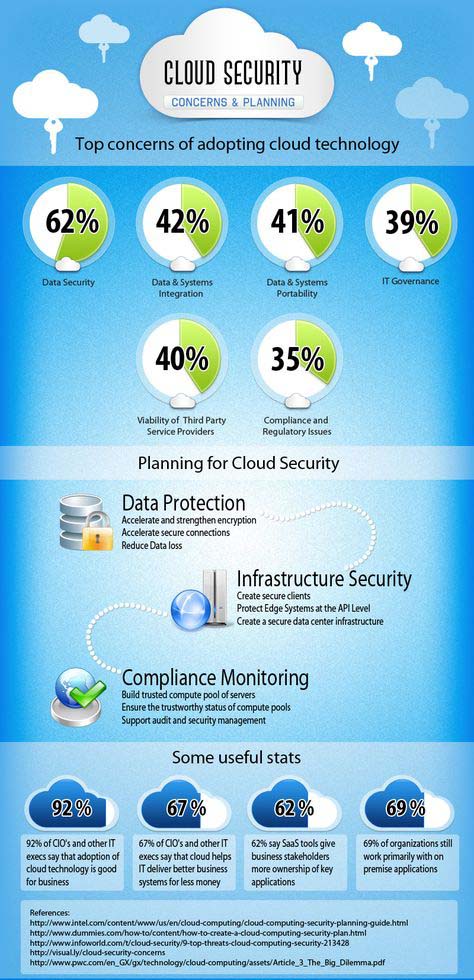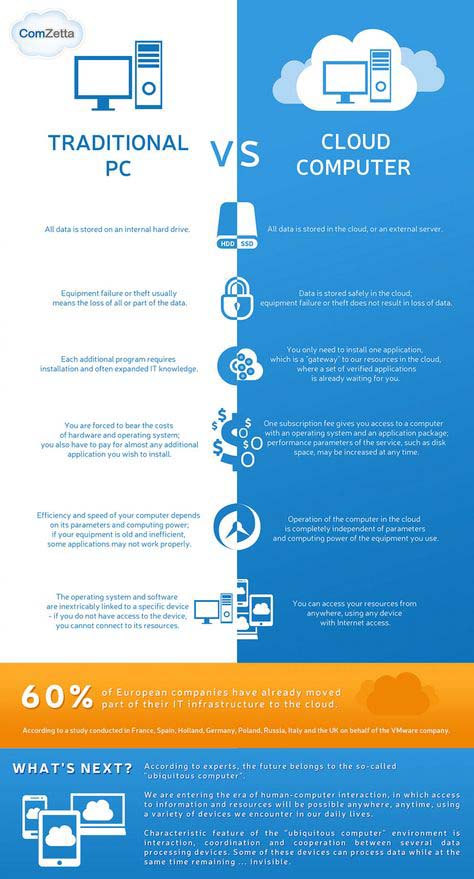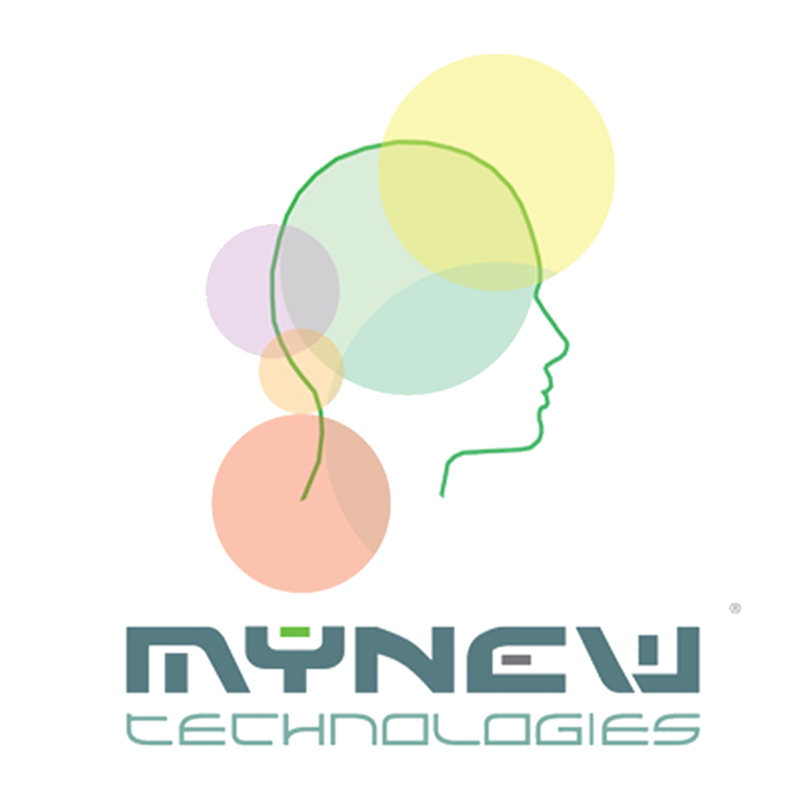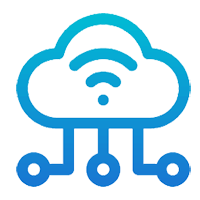Big Data Consulting
Big data is a field that treats ways to analyze, systematically extract information from, or otherwise deal with data sets that are too large or complex to be dealt with by traditional data-processing application software.
Data with many cases (rows) offer greater statistical power, while data with higher complexity (more attributes or columns) may lead to a higher false discovery rate. Big data challenges include capturing data, data storage, data analysis, search, sharing, transfer, visualization, querying, updating, information privacy and data source.
Big data was originally associated with three key concepts: volume, variety, and velocity. When we handle big data, we may not sample but simply observe and track what happens. Therefore, big data often includes data with sizes that exceed the capacity of traditional software to process within an acceptable time and value.
Data with many cases (rows) offer greater statistical power, while data with higher complexity (more attributes or columns) may lead to a higher false discovery rate. Big data challenges include capturing data, data storage, data analysis, search, sharing, transfer, visualization, querying, updating, information privacy and data source.
Big data was originally associated with three key concepts: volume, variety, and velocity. When we handle big data, we may not sample but simply observe and track what happens. Therefore, big data often includes data with sizes that exceed the capacity of traditional software to process within an acceptable time and value.
Big Data Explained
We all use smartphones, but have you ever wondered how much data it generates in the form, of texts, phone calls, emails, photos, videos, searches and music, approximately 40, exabytes of data gets generated every month by a single smartphone user. Now, imagine this number x, 5 billion smartphone users, that's a lot for our mind, even process, isn't it? In fact, this amount of data is quite a lot for traditional Computing systems to handle and this massive amount of data is what we term as Big Data. Let's have a look at the data. Generated per minute on the internet. 2.1 million Snaps are shared on Snapchat. 3.8 million, search queries are made on Google 1 million people. Log on to Facebook, 4.5 million videos are watched on YouTube. 188 million, emails are sent. That's a lot of data. So how do you classify any data as Big Data this? Possible with the concept of five, these volume velocity and variety veracity and value. Let us understand this with an example, from the healthcare industry, Hospitals and Clinics across the world, generate massive volumes of data 2314.
Exabytes of data are collected annually in the form of patient, records, and test results. All this data is generated at a very high speed which attributes to the velocity of Of Big Data. Variety refers to the various data types such as structured semi-structured, and unstructured data examples, include XL, records log files, and x-ray, images, accuracy, and trustworthiness of the generated data is termed as veracity analyzing all this data will benefit the medical sector by enabling faster disease detection, better treatment and reduced cost. This is known as the value of Big Data.
But how do we store and process? This big data to do this job? We have various Frameworks such as Cassandra Hadoop and Spark. Let us take Hadoop as an example and see how Hadoop stores and processes Big Data, Hadoop uses, a distributed file system known as Hadoop distributed file system, to store a big data. If you have a huge file, your file be broken down into smaller chunks, and stored in various machines, not We that when you break the file, you also make copies of it which goes into different nodes. This way, you store your big data in a distributed way and make sure that even if one machine fails, your data is safe on another.
Mapreduce technique is used to process Big Data. A lengthy task a is broken into smaller tasks, b, c and d. Now, instead of one machine, three machines, take up each task and complete it in a parallel fashion and assemble the results at the end, thanks to this. The processing becomes easy and fast. This is known as parallel processing.
Now that we have stored and processed our big data, we can analyze this data for numerous applications in games, like Halo 3 and Call of Duty designers, analyze user data to understand at which stage most of the users pause restart or quit playing this Insight can help them rework on the storyline of the game and improve the user experience which in turn reduces the customer churn rate. Similarly Big Data also helped with disaster. Judgment during Hurricane Sandy in 2012. It was used to gain a better understanding of the storms affect on the east coast of the US and necessary measures were taken. It could predict the Hurricanes landfall five days in advance which wasn't possible earlier.
These are some of the clear indications of how valuable big data can be once it is accurately processed and analyzed. So here's a question for you, which of the following statements is not correct about Hadoop. Distributed file system hdfs. A hdfs is the storage layer of Hadoop be data gets stored in a distributed manner in hdfs. See hdfs performs parallel processing of data, D smaller. Chunks of data are stored on multiple data nodes in hdfs.
Exabytes of data are collected annually in the form of patient, records, and test results. All this data is generated at a very high speed which attributes to the velocity of Of Big Data. Variety refers to the various data types such as structured semi-structured, and unstructured data examples, include XL, records log files, and x-ray, images, accuracy, and trustworthiness of the generated data is termed as veracity analyzing all this data will benefit the medical sector by enabling faster disease detection, better treatment and reduced cost. This is known as the value of Big Data.
But how do we store and process? This big data to do this job? We have various Frameworks such as Cassandra Hadoop and Spark. Let us take Hadoop as an example and see how Hadoop stores and processes Big Data, Hadoop uses, a distributed file system known as Hadoop distributed file system, to store a big data. If you have a huge file, your file be broken down into smaller chunks, and stored in various machines, not We that when you break the file, you also make copies of it which goes into different nodes. This way, you store your big data in a distributed way and make sure that even if one machine fails, your data is safe on another.
Mapreduce technique is used to process Big Data. A lengthy task a is broken into smaller tasks, b, c and d. Now, instead of one machine, three machines, take up each task and complete it in a parallel fashion and assemble the results at the end, thanks to this. The processing becomes easy and fast. This is known as parallel processing.
Now that we have stored and processed our big data, we can analyze this data for numerous applications in games, like Halo 3 and Call of Duty designers, analyze user data to understand at which stage most of the users pause restart or quit playing this Insight can help them rework on the storyline of the game and improve the user experience which in turn reduces the customer churn rate. Similarly Big Data also helped with disaster. Judgment during Hurricane Sandy in 2012. It was used to gain a better understanding of the storms affect on the east coast of the US and necessary measures were taken. It could predict the Hurricanes landfall five days in advance which wasn't possible earlier.
These are some of the clear indications of how valuable big data can be once it is accurately processed and analyzed. So here's a question for you, which of the following statements is not correct about Hadoop. Distributed file system hdfs. A hdfs is the storage layer of Hadoop be data gets stored in a distributed manner in hdfs. See hdfs performs parallel processing of data, D smaller. Chunks of data are stored on multiple data nodes in hdfs.













